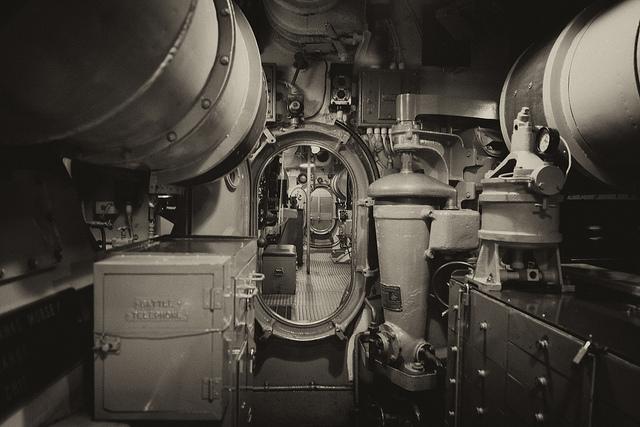Submarines and strategy
Posted By Hugh White on March 2, 2017 @ 06:00

It’s hard to be confident that the project to replace the Collins-class submarines is in good shape. There is no reason to doubt that France makes very good submarines but there are many reasons to worry. Some relate to the acquisition strategy, which allows the French to design the boat and decide its price free of competition. Some relate to central features of the boat, like its propulsion system. But the most important relate to even more basic questions about the kind of boat we are trying to buy.
That choice makes the project very costly, very risky and so slow that we won’t get any new boats until the 2030s. We need to be sure that those costs, risks and delays are justified by strategic and operational benefits. Revisiting the basic design would cost time and money, but it might be much quicker, safer and cheaper than building the wrong boat.
It’s not hard to identify what’s driving the project’s cost, risk and schedule. At 5000 tonnes, the boat is very big. No one has ever built a conventional submarine like this. A smaller submarine would be cheaper, less risky and much quicker to design and build.
We’re aiming so big for two reasons: range and roles. We’re after a boat that can operate for a long time far from home and we want it to do many things when it gets there, including intelligence collection, land strike missions, special forces support, and to operate autonomous underwater vehicles, as well as traditional anti-surface and ASW operations.
Longer range and diverse capabilities are good, but those benefits have to be set against their costs and risks. Prudent capability development means trading off what we’d like against what we can afford, what has a reasonable chance of actually working in service and of being available when we need it. Minimising cost and risk is always important, but it’s critical here because submarines are so central to Australia’s defence and because our strategic risks are rising sharply.
That makes the trade-off between pursuing the ideal boat and delivering an adequate capability even more acute. The more we pursue the ideal, the higher the project’s cost and risk, the fewer boats we will be able to afford, the later the boats will be in service, and the higher the chances of ending up without a workable submarine when we need it.
Is it better to have a large fleet of reliable and reasonably capable submarines soon, or a small fleet of perfect ones later, if we can ever get them to work?
That depends on two key judgments about our strategic circumstances and operational objectives in a major war—which is the only kind that matters as far as submarines are concerned.
The first concerns the priority we give to independent versus coalition operations. The more confident we are that Australia will only fight a major war in coalition with America, the more sense it makes to invest in a big, risky boat, for two reasons.
Coalition operations are more likely to take place further from our shores, so the extra range and endurance of a big boat is more important. And the more confident we are of US support, the less we need to worry if the submarine is late, or doesn’t work at all—because ultimately we think our security is guaranteed by America.
Conversely, the more weight we give to the possibility that we might face a major threat without US support, the less we should give priority to distant operations, and the more weight we should give to getting a reliable new submarine quickly. (And the more weight we should give to increasing the number of boats, which argues for a cheaper boat).This draws us into the much bigger question of whether it would ever be realistic for Australia to defend itself against a major-power without US support. Those who casually assume that’s impossible have to explain what they think we should do if US support is unavailable–which is far less unthinkable today than many assumed it to be a few months ago.
I think we could, alone or with regional allies, raise the costs and risk to an adversary of projecting power across our immediate approaches and those of our closest neighbours to the point where even a major power might be deterred. Submarines would be critical for that.
The higher priority we give to being able to strike our adversary’s homeland the more sense it makes to build submarines that can launch land-attack missiles and special-forces. The more we focus on being able to prevent an adversary attacking us by sea, the more sense it makes to use our submarines on anti-ship operations.
There are big advantages in conducting such operations as far away as possible–in the archipelago to our north and beyond. But that doesn’t mean we need a 5,000 tonne boat. With less space for missiles and special forces we’d get the same range and endurance from a smaller, cheaper, simpler boat. And (as I’ll discuss in a later post) we might well get more submarine presence further from our shores with a bigger fleet of smaller boats than with a smaller fleet of big ones.
We need to look again at the kind of boat we’re buying, with a serious examination of our strategic circumstances and operational priorities, to see whether something smaller, cheaper and simpler, with less risk and available sooner that the Shortfin Barracuda, might be a better bet.
Article printed from The Strategist: https://aspistrategist.ru
URL to article: /submarines-and-strategy/
Click here to print.